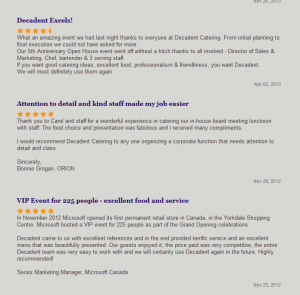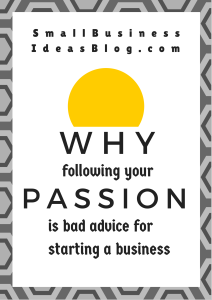Whatever we call it: Social Media, Social Selling, Social Networking, Social Business; too often it’s just not very social.
There’s a huge race for companies and individuals to stake out their “turf” in the electronic wastelands and cloud networks. We are inundated with emails, texts, articles, newsletters, connection requests, horrendous prospecting attempts, mind numbing tweets all focused on one set of communications.
The turf war is about building visibility, followers, likes, dislikes, endorsements, and so forth. We race to build volume over quality, noise over thoughtful discussion.
Too often, we leverage these social and new electronic platforms to talk about the same stuff: Ourselves, Our Companies, Our Products, and how wonderful we are.
All done at ever escalating pace and volume, all claiming to be social.
The other day, I thought, “If we eliminated all the electronic platforms, what does social look like?”
The answer isn’t surprising. Social starts looking like conversations. People connecting, conversing about things they are interested in. The focus is on each other, the discussion is a contextually relevant, synchronous exchange of ideas and points of view. The conversations may be contentious, they may be teaching, they may be harmonious, they may, occasionally be fun–with a different take, some humor, perhaps a little irony.
Through these interchanges, we build knowledge, respect, and trust of each other. We learn what we each are interested in and why, we learn each others’ points of views.
As we engage over time and many interactions, we build greater closeness and trust. We have memories of prior conversations and encounters, we recall those and build on them. We recognize how situations and circumstances may have changed and adjust our conversations to be relevant and timely for the “here and now.”
Most of the conversations seemed to be “synchronous,” happening in real time. Letters, voicemails had some role, but usually an ancillary role.
We may have had these conversations in one on one encounters, in small groups, in larger meetings. They may have been in formal and structured settings, or informal.
Being “social” before the advent of electronic platforms meant being engaging and engaged. It meant being interested and interesting. Most of the time it was conducted face to face or voice to voice. Someone who was effective at being social would “read” the cues from their audience. Conversations could be pretty substantive. If each party was engaged, they could feed off each other, drilling down, asking, responding, questioning, challenging, provoking, debating. Different points of view would surface and be discovered.
Yes there were soliloquy’s, monologues, and pitches, but unless you were blind or unconscious, you couldn’t maintain an audience for ongoing encounters. Soliloquy’s, monologues, pitches tended to be one time–if a person had heard it, they wouldn’t re-engage.
Since being “social” was somewhat challenging because it was primarily face to face or voice to voice, people who were really good at it, paid a lot of attention to the quality of the each engagement. Quantity was very tough, so they wanted to get as much as they could out of each encounter.
Finally, there seemed to be some sort of civility in these social engagements. Some might call it “political correctness,” it may have been some of that. But it seemed to be tough to look someone in the eyes and say the cruelest possible things to that individual. Sure, it happened, but it was done with some consideration.
Yet today, we are in the “Social Age.” While many of the characteristics of “social” before we had electronic and mobile social platforms have carried over, “social” seems to have changed. It isn’t so “social” anymore.
Too much seems to be one way–not conversations. Electronic platforms have enabled everybody to say anything and nothing at the same time, and inflict it on hundreds to thousands of people.
There seem to be a lot more “discussions,” but not a lot more learning.
There’s a lot more volume and volume (both senses of the word).
There seems to be less tolerance, less probing, less collaboration.
While we “know” more people, we know less about each one.
I’ll stop here, but today’s “social,” sometimes just doesn’t seem too social.
(219)
Report Post






